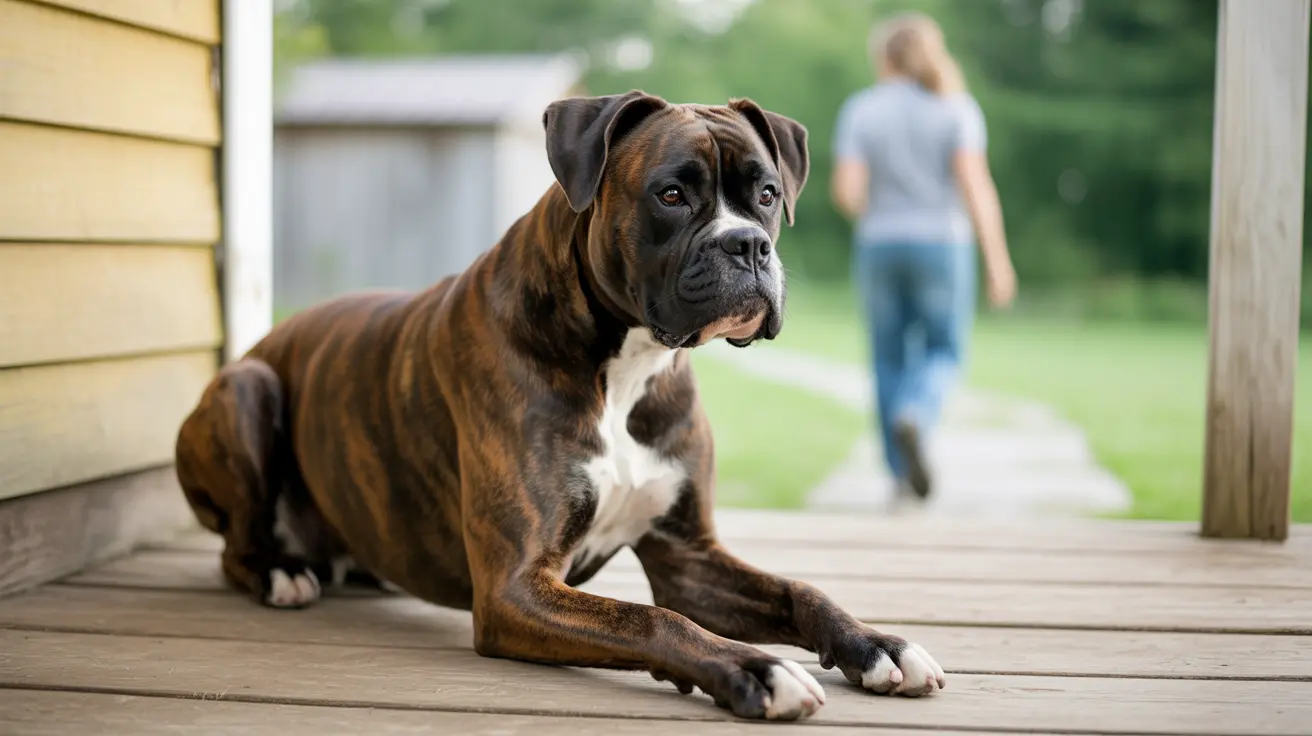What is Intussusception in Cats?
Intussusception in cats is a serious medical condition where one portion of the intestine telescopes or slides into an adjacent section, creating a potentially life-threatening obstruction. This condition requires immediate veterinary attention and often surgical intervention to prevent severe complications.
While this condition can affect cats of any age, it's particularly common in younger cats and kittens. Understanding the signs and seeking prompt treatment is crucial for your cat's survival and recovery.
Common Causes and Risk Factors
Several factors can lead to intussusception in cats. The most common causes include:
- Intestinal parasites, especially in kittens
- Gastrointestinal infections
- Foreign body ingestion
- Previous abdominal surgery
- Inflammatory bowel disease
- Intestinal tumors in older cats
In some cases, the cause remains unknown (idiopathic), making prevention challenging. However, maintaining regular veterinary check-ups can help identify risk factors early.
Recognizing the Signs
Early detection of intussusception can significantly improve your cat's prognosis. Watch for these warning signs:
- Persistent vomiting
- Loss of appetite
- Lethargy and weakness
- Abdominal pain or swelling
- Bloody diarrhea
- Dehydration
- Visible weight loss
If you notice any combination of these symptoms, especially in young cats, seek veterinary care immediately.
Diagnosis and Testing
Veterinarians use several diagnostic tools to confirm intussusception:
- Physical examination to detect abdominal masses
- Ultrasound imaging (the gold standard for diagnosis)
- X-rays to identify intestinal obstruction
- Blood work to assess overall health
- Fecal testing to check for parasites
Treatment Approaches
The primary treatment for intussusception is surgical intervention. The procedure typically involves:
- Emergency stabilization with IV fluids
- Surgical reduction of the intussusception
- Removal of damaged intestinal tissue if necessary
- Possible enteroplication to prevent recurrence
Post-surgical care is crucial and may include:
- Pain management
- Antibiotics to prevent infection
- Special dietary requirements
- Close monitoring for complications
Recovery and Prognosis
With prompt diagnosis and appropriate treatment, many cats recover successfully from intussusception. The recovery period typically spans several weeks, during which careful monitoring is essential. Your veterinarian will provide specific instructions for home care and follow-up visits.
Prevention Strategies
While not all cases of intussusception can be prevented, you can reduce risks by:
- Regular deworming, especially in kittens
- Preventing access to string-like objects
- Maintaining regular veterinary check-ups
- Addressing digestive issues promptly
- Following post-surgical care instructions carefully
Frequently Asked Questions
What are the early signs of intussusception in cats that I should watch for?
The earliest signs include vomiting, reduced appetite, lethargy, and abdominal discomfort. You may also notice changes in bowel movements, including diarrhea or bloody stools. Any combination of these symptoms warrants immediate veterinary attention.
How is intussusception diagnosed in cats, and what tests will my vet perform?
Veterinarians typically use ultrasound imaging as the primary diagnostic tool, as it can clearly show the telescoping of the intestine. Additional tests may include X-rays, blood work, and physical examination to confirm the diagnosis and assess overall health.
What causes intussusception in cats, and are certain cats more at risk?
Young cats and kittens are at higher risk, particularly those with intestinal parasites or gastrointestinal infections. Other risk factors include foreign body ingestion, previous abdominal surgery, and intestinal tumors in older cats.
What treatment options are available for cats with intussusception, and is surgery always necessary?
Surgery is typically necessary to correct intussusception. The procedure involves either manually returning the intestine to its normal position or removing damaged sections. Conservative management alone is rarely successful, making surgery the standard treatment approach.
How can I care for my cat after surgery for intussusception to prevent recurrence?
Post-surgical care includes following your veterinarian's instructions regarding medication, diet, and activity restrictions. Monitor your cat for signs of complications, maintain regular check-ups, and prevent access to items that could cause intestinal problems.






